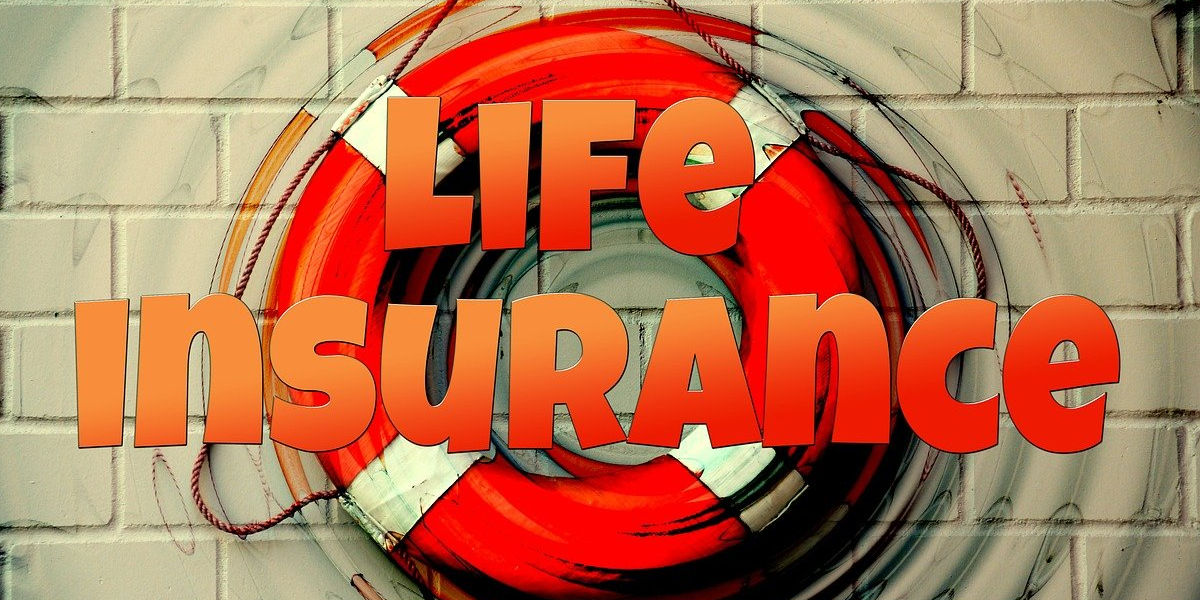Mention retirement planning and most people's thoughts leap to 401(k)s, Individual Retirement Accounts (IRAs), and perhaps, annuities. Life insurance, however, doesn't typically spring to mind. The question lingers: Is life insurance a good retirement investment, or is it a fumbling mistake? We'll delve deep into this query, outlining how to use life insurance in retirement planning while also laying out a few life insurance retirement strategies to consider.
Understanding the Role of Life Insurance in Retirement
Life insurance has long been viewed as a means to protect loved ones in the event of an unexpected demise, providing a death benefit to assist with mortgage payments, education costs, and other expenses. Yet, its place in a comprehensive retirement plan remains up for debate. Some financial experts propose life insurance as a powerful tool in protecting your assets, providing tax advantages, and even offering a form of income during retirement.
The Life Insurance-Retirement Plan Nexus
Having a regular flow of income is crucial after saying goodbye to your regular paycheck in retirement. But how to use life insurance in retirement planning to achieve that can be confusing. You've got term life insurance, whole life insurance, universal life insurance ñ each tagged with its own set of features and benefits.
The key to using life insurance as a retirement strategy lies in the cash value aspect, a feature commonly found in permanent life insurance policies like whole life and universal life. These policies include an investment component that grows over time, tax-free. This cash value accumulation, in due course, can become a significant asset; one that can be tapped into during retirement for supplemental income via policy loans or withdrawals.
Is Life Insurance a Good Retirement Investment?
This is a contentious issue with valid arguments on both sides. However, the one size fits all approach doesn't work here. Whether life insurance is a smart move or misstep for retirement largely depends on individual circumstances, financial objectives, risk tolerance, and existing coverage. If other investment vehicles are maxed out or if there's a need for an additional safety net, life insurance could become an attractive option. Also, the embedded cash value within these policies can serve as a tax-advantaged retirement income source.
On the other hand, these policies can also come with hefty premiums and complicated terms. Thus, understanding all the nuances before making a decision becomes vital.
Developing an understanding of life insurance retirement strategies can be instrumental in leveraging this often-overlooked tool in retirement planning. In our subsequent sections, we'll explore several strategies and crunch some numbers to help you make an informed verdict.
Understanding the role of life insurance in strategic retirement planning can be a valuable tool when utilized correctly. However, like any intricate financial maneuver, it can also lead to potential missteps if not navigated with care. Here, weíll discuss both the benefits and drawbacks of incorporating life insurance into your retirement plan and the factors to consider in making the 'smart move.'
The Benefits of Life Insurance in Retirement Planning
Life insurance can serve as a financial safety net in your retirement years, providing your loved one's economic stability after you are gone. For those with dependents or a significant amount of debt ó from mortgages to student loans ó these policies can settle those financial obligations and ensure that your loved ones are not burdened with those debts.
Moreover, the cash value that accumulates with whole life insurance can be a sufficient reserve or a supplementary income stream during retirement. As an added bonus, under current tax laws, life insurance proceeds are generally income-tax-free to beneficiaries. This potential tax-free income source can play a significant role in a comprehensive retirement strategy.
Lastly, life insurance can also be a wise estate planning tool. It can help cover estate taxes, preventing your heirs from having to downsize or sell assets.
Potential Drawbacks of Life Insurance in Retirement Planning
Despite the benefits, there are potential pitfalls of using life insurance as part of retirement planning. One primary concern is the cost. Life insurance premiums can be hefty, especially if you buy them later in life. This cost could potentially outweigh the benefit if your retirement income or savings are not adequate.
Another con is that by investing in life insurance, you may miss out on other investment opportunities. Itís critical to scrutinize this cost-benefit analysis and determine if your funds could be better placed elsewhere.
Lastly, it's essential to understand that the cash value from a life insurance policy is not instantly accessible. It can take quite some time to build substantial cash value, which can be problematic if you need funds quickly.
Conclusion: A Smart Move or a Misstep?
The decision to include life insurance in your retirement planning ultimately comes down to your personal finances, dependents, and retirement goals. For those with significant debts and dependents who may be burdened financially upon your passing, life insurance could be a smart move. On the other hand, if premiums and potential missed investments outweigh the benefits, it may be a misstep.
As with all financial strategies, it's essential to discuss your situation with a financial advisor and tailor your retirement plan to meet your individual needs and goals. This way, you not only prepare for your future but also navigate the potential risks and rewards adeptly.




